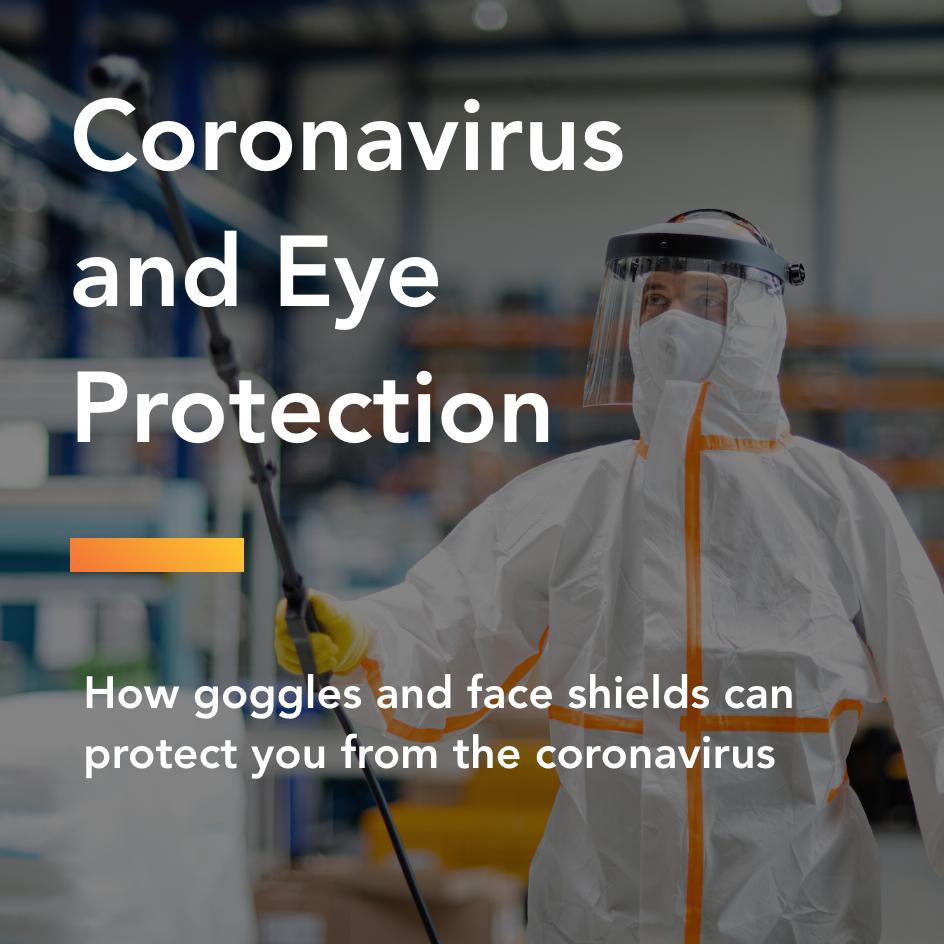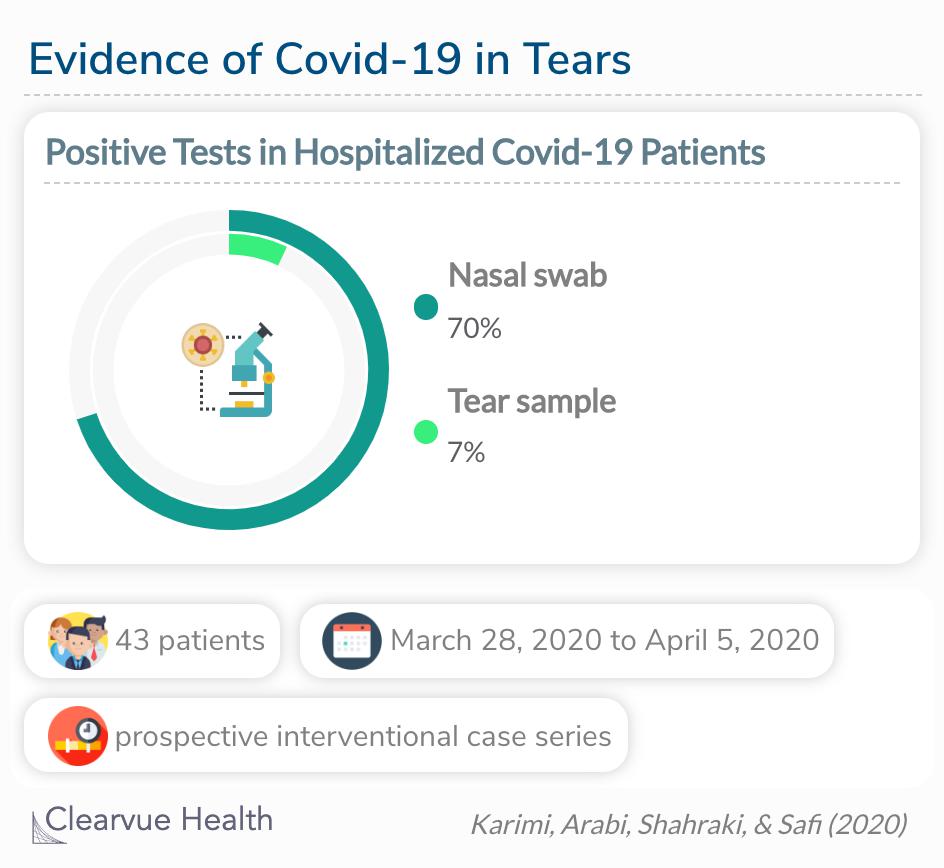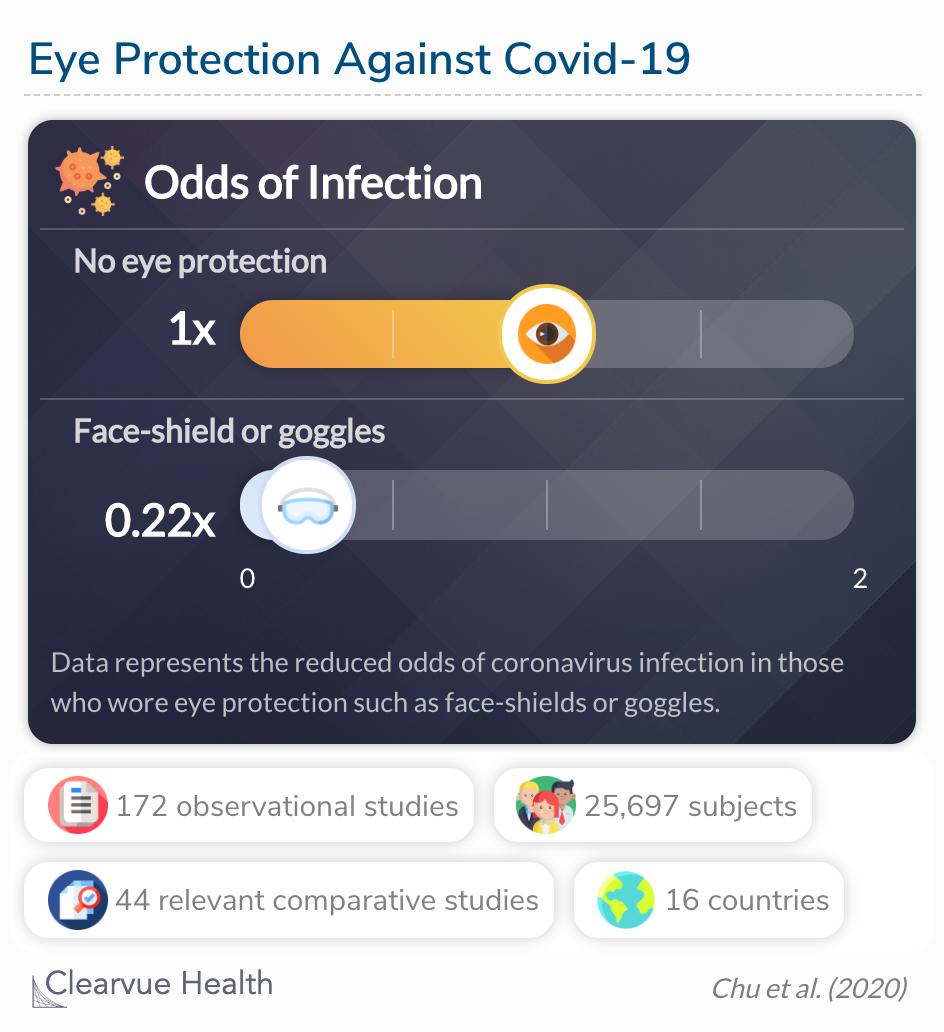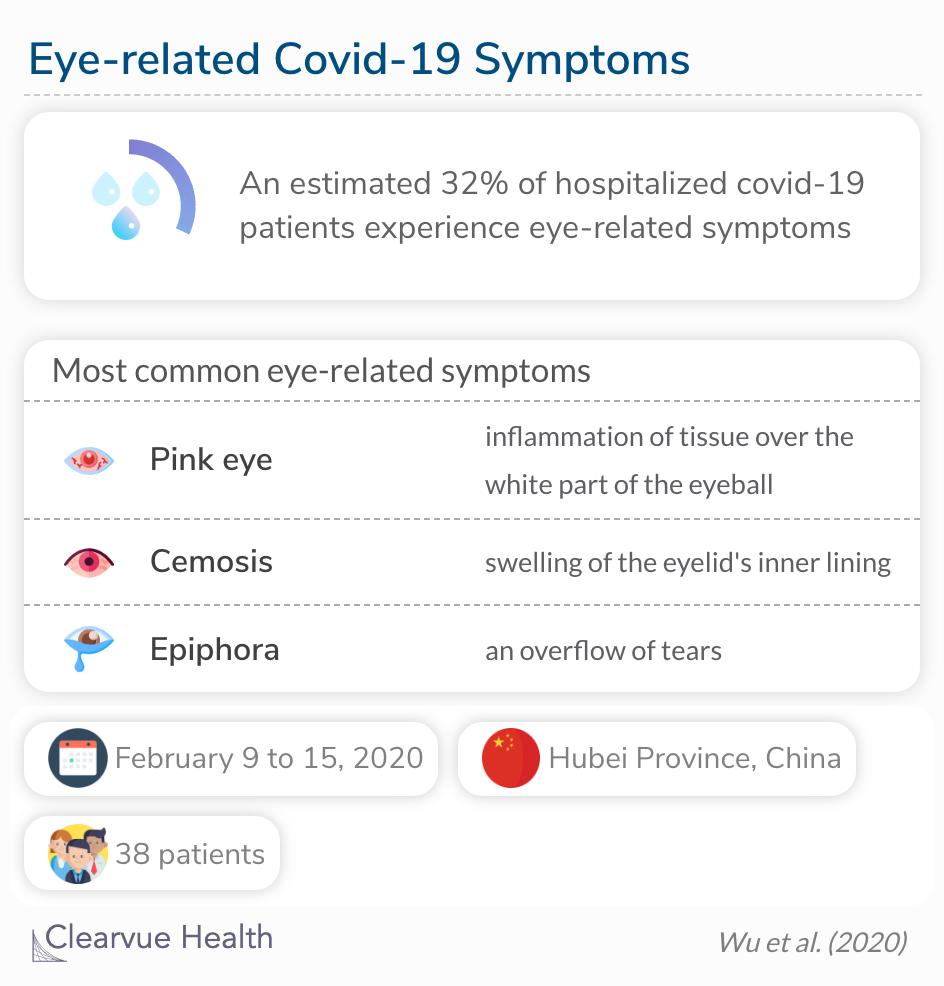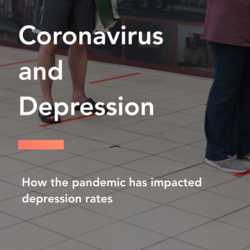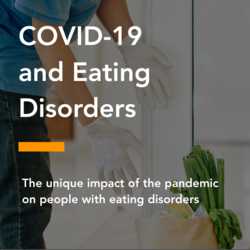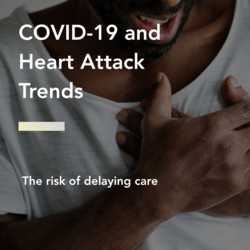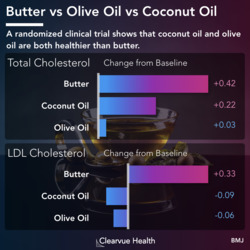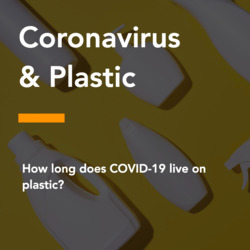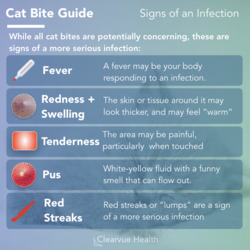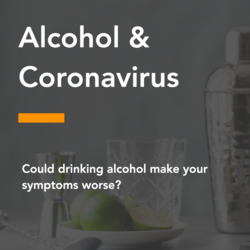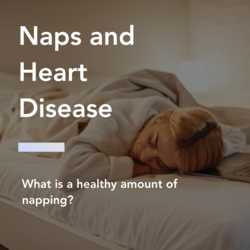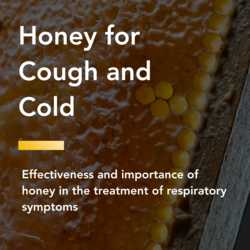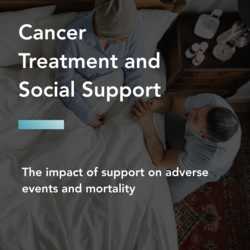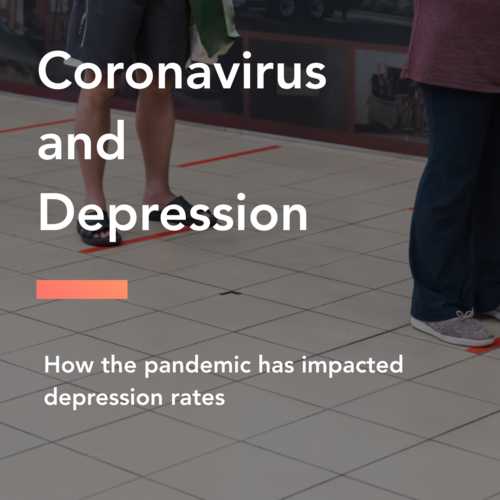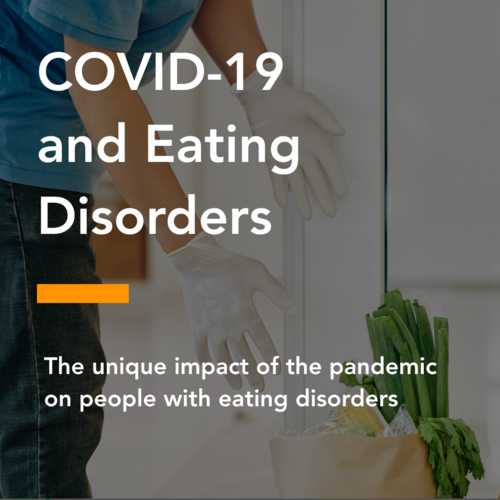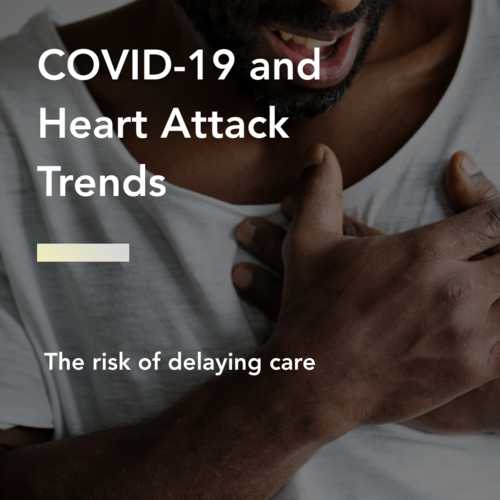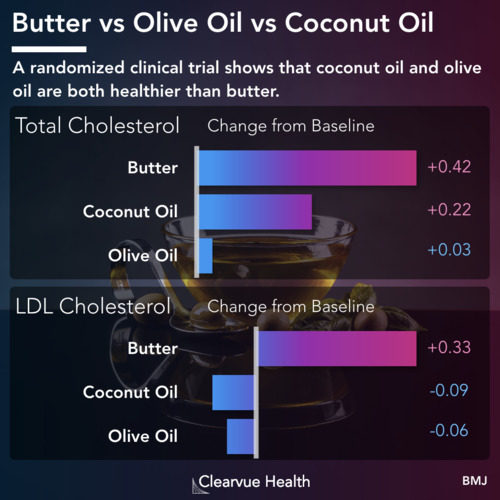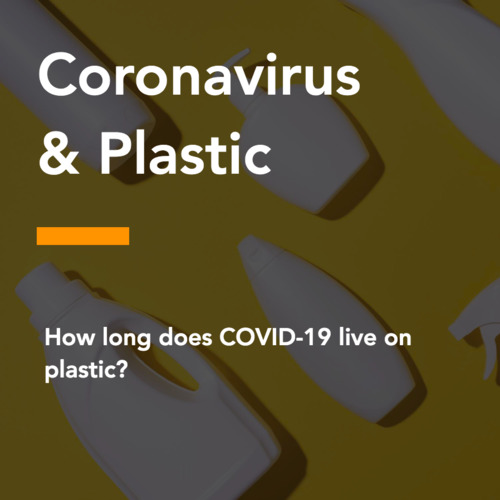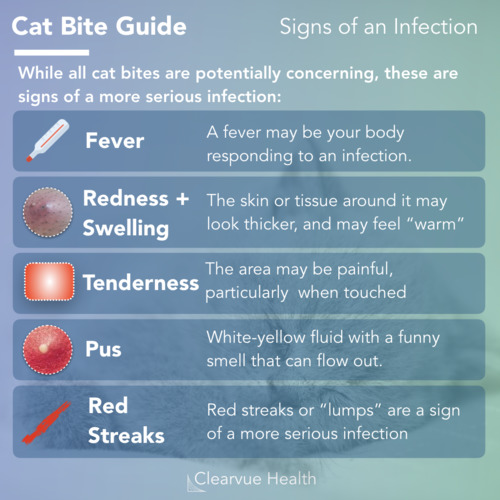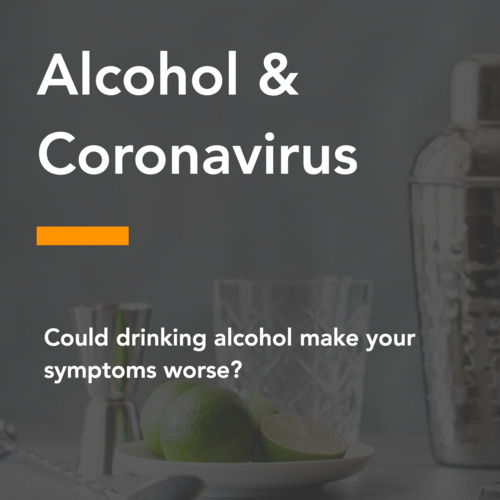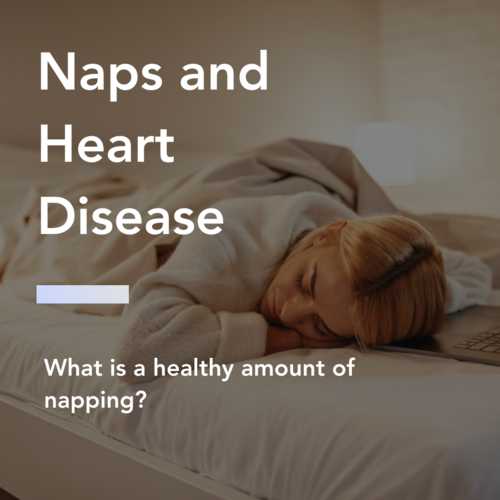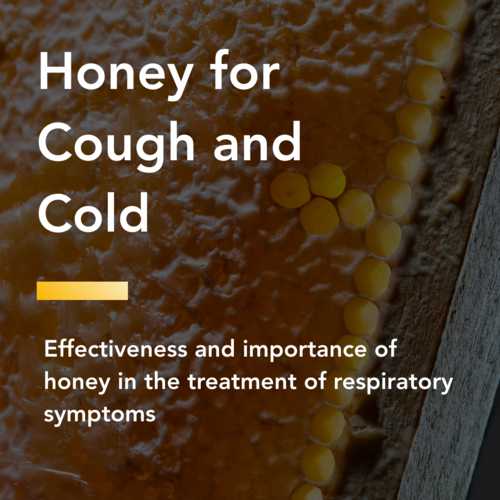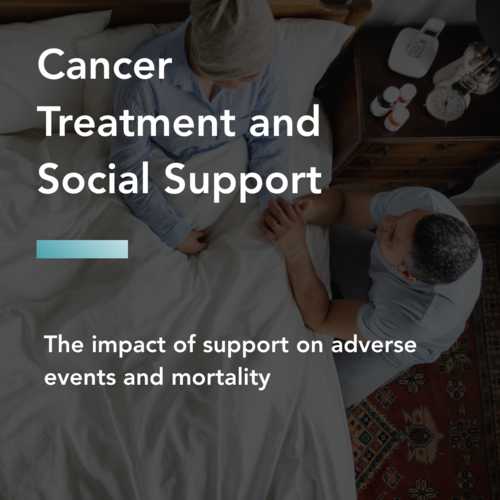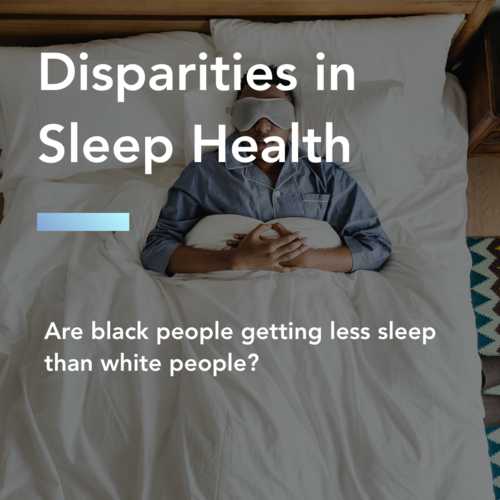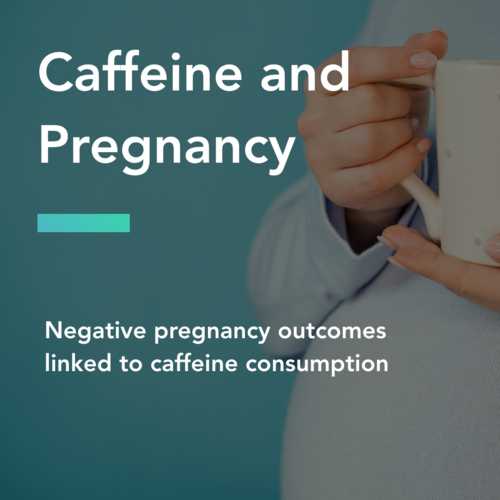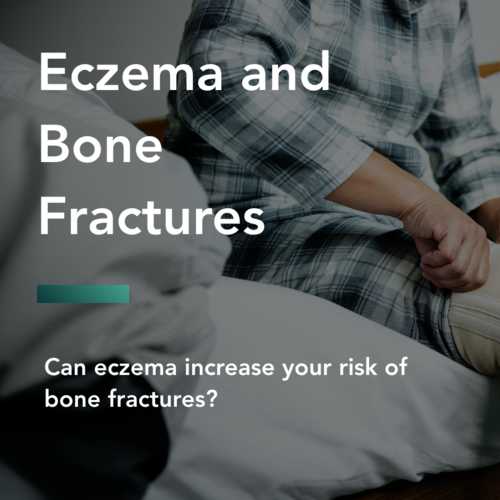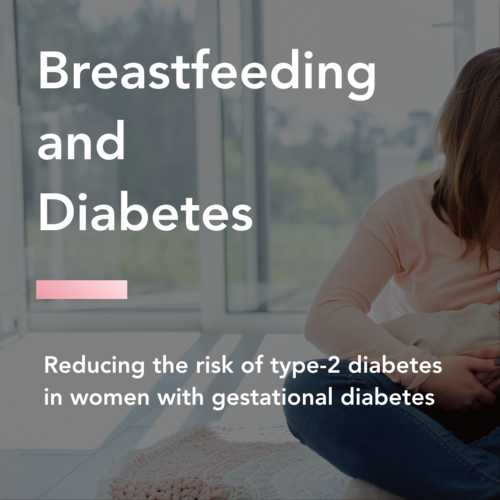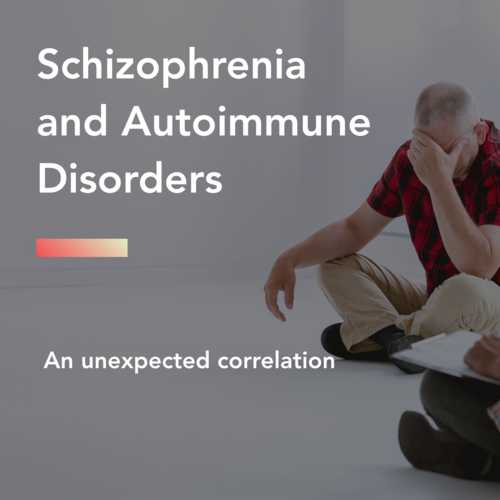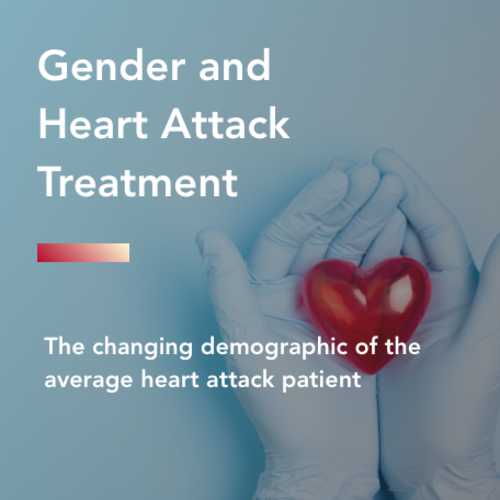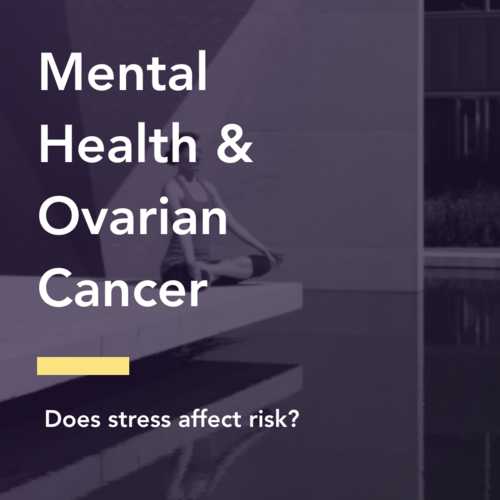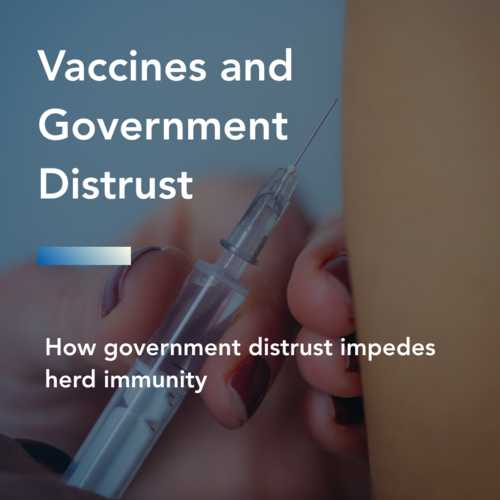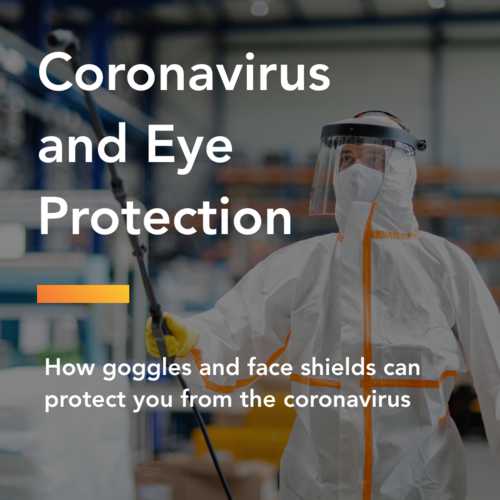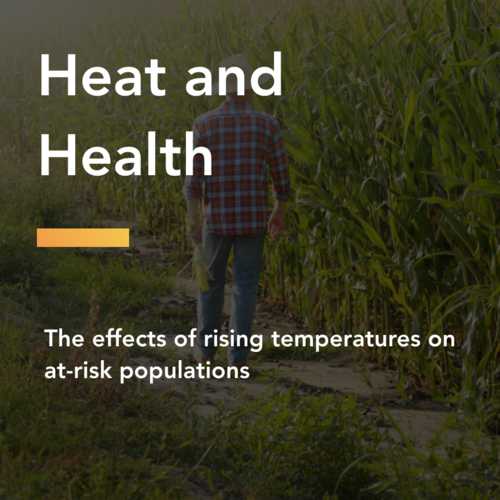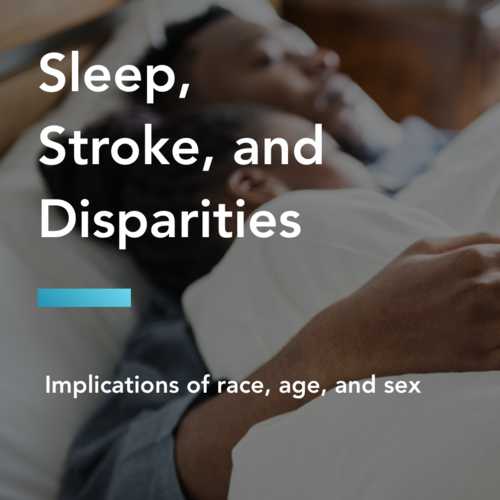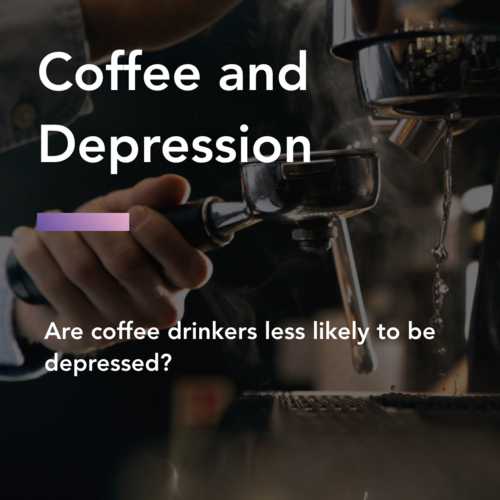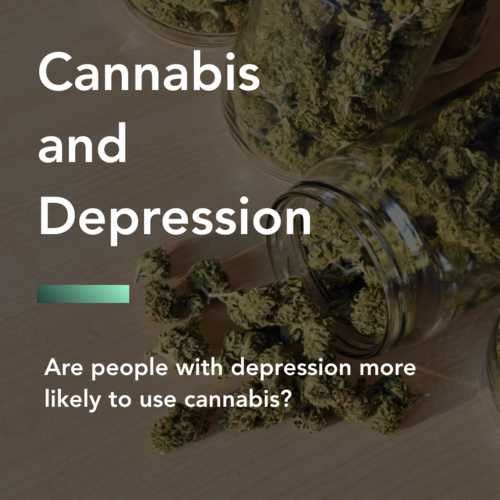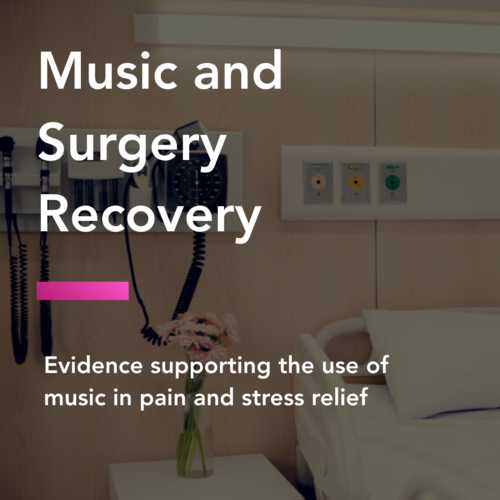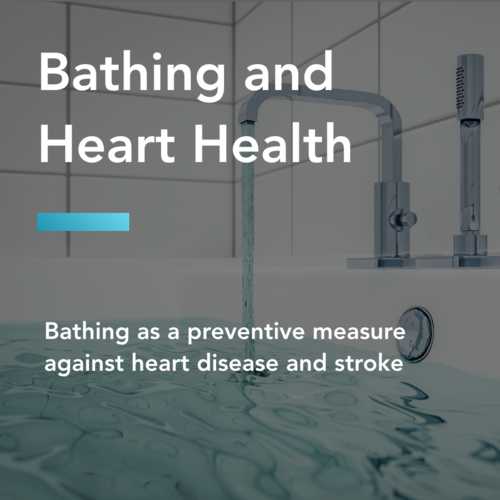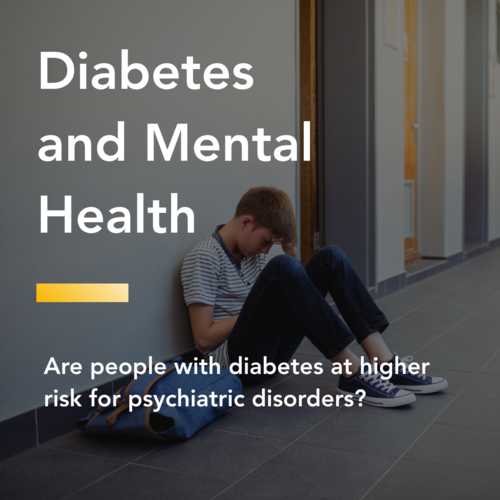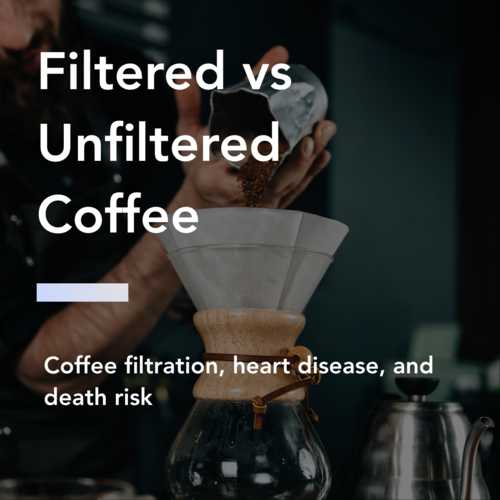coronavirus and eye protection: how goggles and face shields can protect you from the coronavirus
Researchers have worked tirelessly to learn everything there is to know about covid-19. They discovered that the virus is spread through droplets that land on hard surfaces and travel short distances in the air. The virus has also been found in water sources and fecal matter. Governments have required the use of face masks to prevent the virus from spreading to and from particles in the nose and mouth. In addition, scientists believe the eyes are another access and exit point for the coronavirus.
Coronavirus detected in tears
Doctors wanted to know whether the virus could be detected in tears of patients. They recruited 43 patients admitted to the hospital with severe Covid-19 cases. Each patient provided a nasal swab and tear samples that were tested for the presence of Covid-19.
Nasopharyngeal RT-PCR yielded positive results in 30 patients (69.8%). Both tear RT-PCR and nasopharyngeal RT-PCR were positive for SARS-CoV-2 in 3 (7%) patients.
Source: Detection of severe acute respiratory syndrome Coronavirus-2 in the tears of patients with Coronavirus disease 2019
A positive result from a tear sample suggests that the virus can live in tears. There is always the possibility that the tear samples were false positives. The chance of each result being a false positive is higher in this situation because the sample is so small. If they had tested 10,000 Covid-19 patient tear samples and found a positive rate of 7% as well, that would be a more reliable statistic.
The sample is not only small, but it only includes cases of hospitalized patients. Therefore, we have no data representing mild coronavirus cases. However, scientists are under the assumption that symptom severity is not associated with how infectious the patient is.
Does eye protection prevent transmission?
The Lancet recently published a systematic review of the protective gear for preventing coronavirus transmission. They pooled the results of 172 observational studies and 44 comparative studies, including over 25,000 subjects. Their goal was to estimate the efficacy of eye protection such as face-shields and goggles.
Eye protection was associated with less infection (n=3713; aOR 0·22, 95% CI 0·12 to 0·39, RD −10·6%, 95% CI −12·5 to −7·7; low certainty).
Source: Physical distancing, face masks, and eye protection to prevent person-to-person transmission of SARS-CoV-2 and COVID-19: a systematic review and meta-analysis
According to the pooled analysis, subjects who wore eye protection had a 78% decreased odds of viral transmission compared to subjects who did not wear eye protection. Notably, eye protection was almost as effective as face masks, which decreased the odds of infection by 85%.
The pooled results encompass a variety of populations and study methods. To truly determine the effectiveness of eye protection against viral transmission, researchers would need to conduct a randomized, control trial. In a pandemic, the real-world circumstances do not allow for the time it would take to organize such a trial. Therefore, the best data we can rely on currently is the pooled data of researchers everywhere.
All about the eyes
Lastly, we can't talk about eye protection without talking about eye-related symptoms seen in coronavirus patients. A study estimated that nearly a third of hospitalized coronavirus patients experience some sort of eye inflammation. Those these symptoms are mostly mild and harmless, it still provides more insight into the course of the coronavirus.
In this case series including 38 patients with COVID-19, 12 patients had ocular manifestations, such as epiphora, conjunctival congestion, or chemosis, and these commonly occurred in patients with more severe systemic manifestations.
Source: Characteristics of Ocular Findings of Patients With Coronavirus Disease 2019 (COVID-19) in Hubei Province, China
